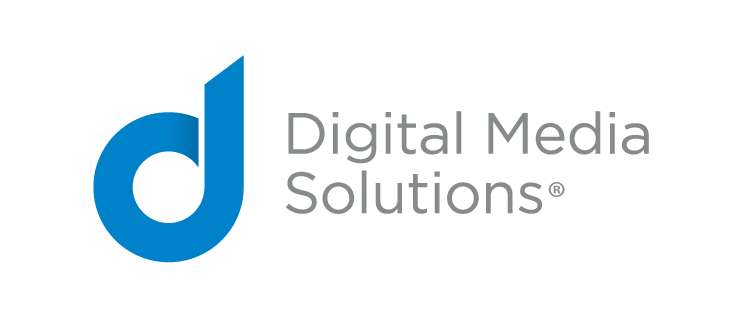A recent article in eMarketer highlighted the importance of marketing to people with disabilities. Rarely adequately represented across advertising campaigns, people with disabilities appreciate inclusion and often spend with the brands that authentically engage them.
A study by the American Institutes for Research (AIR) in 2018, according to eMarketer reporter Victoria Petrock, found that the 20 million U.S. working adults (ages 16 to 64) with disabilities had a total disposable income of $490 billion, and their discretionary income averaged about $17,000 per person. Advertisers that want to reach the disability community must be authentic, inclusive and prepared to listen to people with disabilities in order to create the most compelling, effective and thoughtful campaigns.
Be Authentic When Casting And Creating Advertising That Targets People With Disabilities
According to experts, even when campaigns are inclusive of experiences that impact the disability community or include people with disabilities, they often miss the mark, either by casting people who don’t have disabilities or by creating messaging that doesn’t effectively resonate. Unfortunately, only “15% of marketers worldwide recalled people with disabilities being portrayed positively,” according to eMarketer, leaving many representations of people with disabilities low priority, stereotyped or misrepresented.
As with all targeted audiences, advertisers must work to understand who they are engaging and who they are portraying. “There’s a lack of research about people with disabilities, so marketers must collect more data to understand their needs and wants,” said Michael Janger, assistant professor of marketing at Gallaudet University. “The more you know what they want, what they like and what their buying habits are, the better able you are to make your product, marketing efforts and communications accessible to them.”
Avoid ‘One Size Fits All’ Advertising When Trying To Reach Audiences With Disabilities
People with disabilities have wide-ranging needs and interests. As with any large audience, a one-size-fits-all approach isn’t going to work. Of the adults in the U.S. with disabilities, 12.4% have a mobility disability and 11.5% have a cognitive disability. These groups are likely going to have different needs and different outlooks on life. In some cases, advertisers should consider that they are advertising to caregivers or other support staff, and be sensitive to those issues as well.
Technology And Fashion Brands Offer Inclusive Advertising And Products For The Disability Community
The Microsoft commercial “We All Win,” released during the Super Bowl in 2019, is an example of an effective campaign that included people with disabilities. The touching spot featured kids with missing limbs and other mobility differences playing video games with the Xbox Adaptive Controller. The commercial was very successful, because it was inclusive and authentic, designed to resonate with families of children with disabilities and garner empathy from all families with kids who love gaming.
Other companies, including fashion brands like Tommy Hilfiger, River Island and Marks & Spencer (M&S), have created adaptive clothing and accessories for people with disabilities that are true to their brands and still fashionable. By listening to the disability community, these brands were able to add simple fixes to their products that make life easier for people with disabilities, without “othering” them. “Parents passionately told us that disabilities don’t define their children, so the adaptations shouldn’t define their clothes, it’s why all the products are inclusively designed and modelled closely on our main collection,” said Rebecca Garner, former M&S’s kidswear designer. M&S created a line of clothing that made dressing easier, quicker and more comfortable for children with sensory and physical disabilities.
It’s important for brands to follow through with promises made about inclusivity, providing the goods touted in advertising. However, inclusivity goes beyond just specialty items and also means showing people with disabilities in commercials and advertising for everyday products. By empowering and including the disability community in advertising, and following through with products and services when appropriate, advertisers can attract new consumers and work towards a more inclusive brand approach and community.
Seeking New Ways To Maximize Your Customer Acquisition?
Digital Media Solutions (DMS) is a technology-enabled, data-driven performance advertising solutions provider connecting consumers and advertisers. Contact DMS today to learn how our first-party data asset, proprietary technology and expansive digital media reach can help you scale your customer acquisition results.

